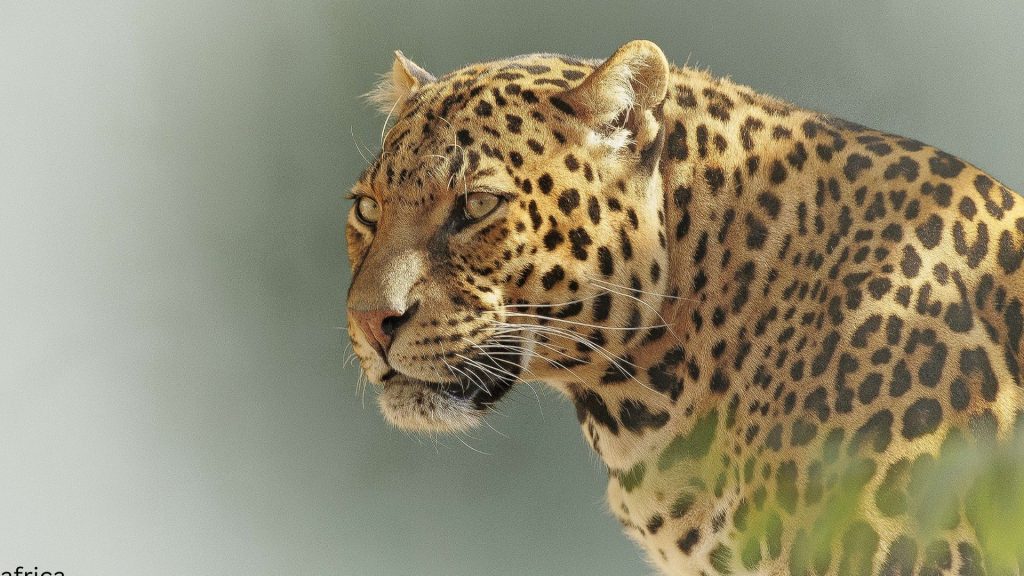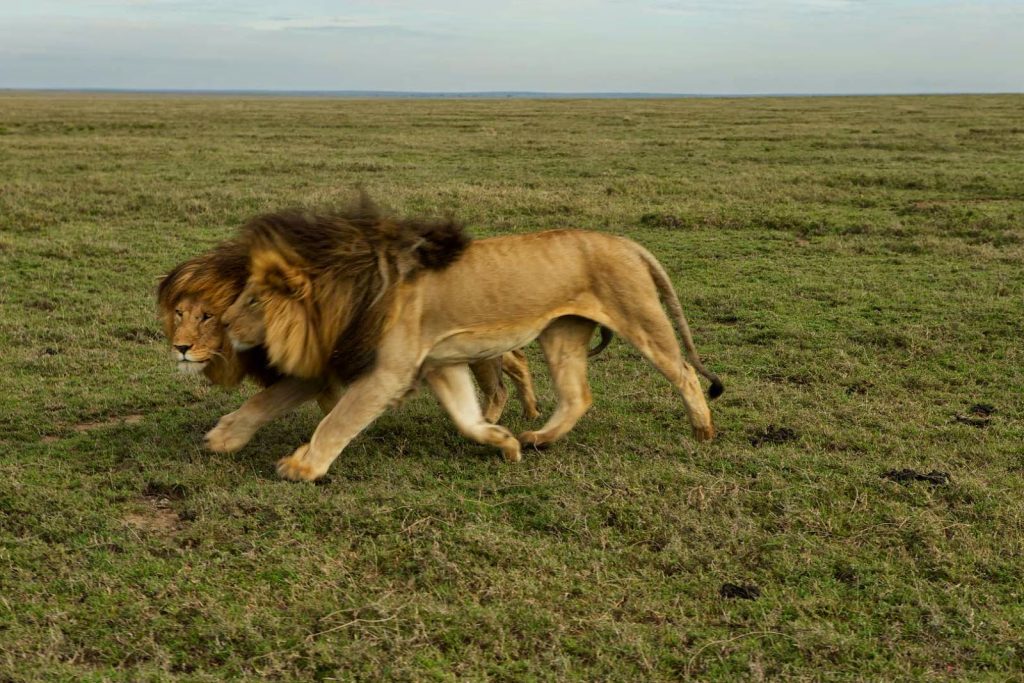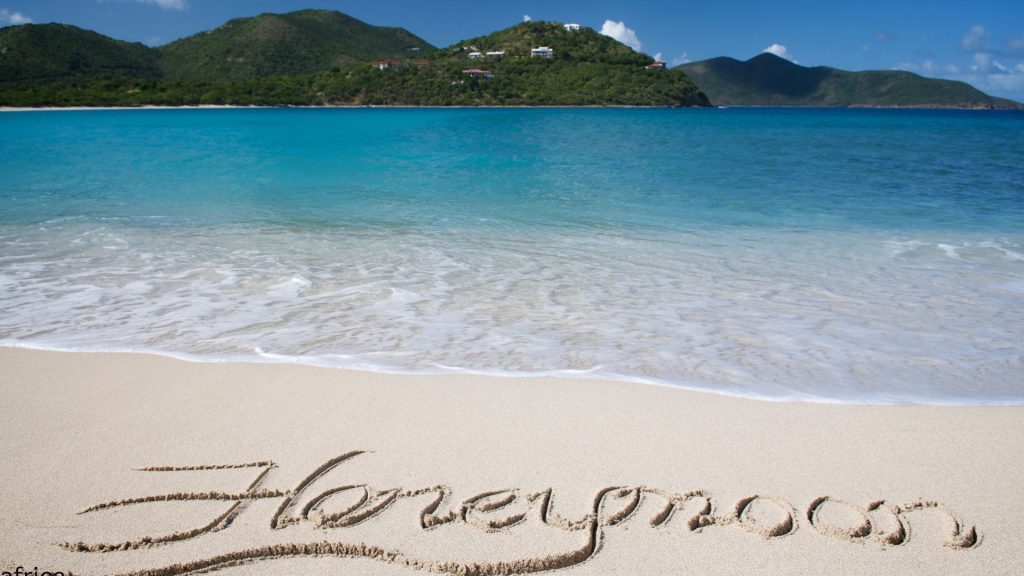Kilimanjaro National Park
Home » Tanzania Destinations » Kilimanjaro National Park
Mount Kilimanjaro National Park
Size: 1,668 sq km (641 sq miles)
Established: 1921 established as a forest reserve, in 1973 as a national park, and declared a UNESCO World Heritage site in 1987.
Distance from Arusha: 128 km (80 miles)
Kilimanjaro National Park is home to the highest mountain in Africa and the highest free standing mountain in the world. Mount Kilimanjaro is made up of three volcanoes, Shira in the west (4,269 m) Mawenzi in the east (5,280 m) and the youngest volcano Kibo (5,895m). Shira and Mawenzi are extinct and the last major eruption of Kibo was between 150,000 and 200,000 years ago. Today Kibo is dormant but could awaken any day.
The vegetation on the mountain is also very varied, and some 2,500 species of plants are found here, including the endemic and beautiful red and yellow impatiens Kilimanjaro and the colorful violet viola. The lower regions of the park are dominated by lush green montane forests with almost 140 species of trees. A bit higher up, distinctive giant lobelias grace the moorland zone. Above 4,000 m, one finds the moonlike desert, where not much grows and the land is full of rocks and dust. Closer to the summit, hikers will be rewarded with beautiful sights of glaciers and a deep crater.
Out of the approximately 140 mammal species that live in the park, 87 are forest species. Animals that roam here include elephants, leopards, buffaloes, various antelopes, including the rare and endangered abbot duiker, and primates such as the colobus and the mitis monkey. In addition, 24 species of bats and 179 highland bird species have also been spotted in Mount Kilimanjaro National Park.
The majority of visitors to the park are hikers. As is expected, all have the same goal – to reach Africa’s highest peak. There are seven official routes to choose from, with Marangu being one of the easiest routes for inexperienced hikers and those searching for a bit more comfort (overnights take place in huts). The Rongai route is the quietest and the best choice if you are climbing in the rainy season as this part of the mountain gets the least precipitation. Camping routes include Lemosho, Shira, and Machame, which are a bit more challenging and scenic. The most demanding but also the least used route is Umbwe. Apart from Marangu and Rongai, all other routes descend on the Mweka route.
Above the gently rolling hills and plateaux of northern Tanzania rises the snowy peak of Mt. Kilimanjaro, its slopes and glaciers shimmering above the rising clouds. Kilimanjaro is located near the town of Moshi and is a protected area, carefully regulated for climbers to enjoy without leaving a trace of their presence. The mountain’s ecosystems are as strikingly beautiful as they are varied and diverse. On the lowland slopes, much of the mountain is farmland, with coffee, banana, cassava, and maize crops grown for subsistence and cash sale. A few larger coffee farms still exist on the lower slopes, but much of the area outside the national park has been subdivided into small plots. Once inside the park, thick lowland forest covers the lower altitudes and breaks into alpine meadows once the air begins to thin. Near the peak, the landscape is harsh and barren, with rocks and ice the predominant features above a breathtaking African view.
Climbing Mt. Kilimanjaro is the highlight of most visitors’ experiences in Tanzania. Few mountains can claim the grandeur, the breathtaking views of Amboseli National Park in Kenya, the Rift Valley, and the Masaai Steppe, that belongs to Kilimanjaro. Hiking on the ‘rooftop of Africa’ — the highest point on the continent at 5896 meters — is the adventure of a lifetime, especially because, if paced well, everyone from seasoned trekkers to first-time enthusiasts can scale the snowy peak. For more information, see the ‘Mountain Climbing‘ section under ‘Things to Do.
Kilimanjaro. The name itself is a mystery wreathed in clouds. It might mean Mountain of Light, Mountain of Greatness, or Mountain of Caravans. Or it might not. The local people, the Wachagga, don’t even have a name for the whole massif, only Kipoo (now known as Kibo) for the familiar snowy peak that stands imperious, overseer of the continent, the summit of Africa.
Kilimanjaro, by any name, is a metaphor for the compelling beauty of East Africa. When you see it, you understand why. Not only is this the highest peak on the African continent; it is also the tallest free-standing mountain in the world, rising in breathtaking isolation from the surrounding coastal scrubland – elevation around 900 meters – to an imperious 5,895 meters (19,336 feet).
Kilimanjaro is one of the world’s most accessible high summits, a beacon for visitors from around the world. Most climbers reach the crater rim with little more than a walking stick, proper clothing, and determination. And those who reach Uhuru Point, the actual summit, or Gillman’s Point on the lip of the crater, will have earned their climbing certificates.
And their memories.
But there is so much more to Kili than her summit. The ascent of the slopes is a virtual climatic world tour, from the tropics to the Arctic.
Even before you cross the national park boundary (at the 2,700m contour), the cultivated foot slopes give way to lush montane forest, inhabited by elusive elephants, leopards, buffalo, the endangered Abbot’s duiker, and other small antelope and primates. Higher still lies the moorland zone, where a cover of giant heather is studded with otherworldly giant lobelias.
Above 4,000m, a surreal alpine desert supports little life other than a few hardy mosses and lichen. Then, finally, the last vestigial vegetation gives way to a winter wonderland of ice and snow – and the magnificent beauty of the roof of the continent.
About Kilimanjaro National Park
Size: 1668 sq km 641 sq miles).
Location: Northern Tanzania, near the town of Moshi.
Getting there
– 128 km (80 miles) from Arusha.
– About one hour’s drive from Kilimanjaro airport.
What to do in mount kilimanjaro
– Six usual trekking routes to the summit and other more demanding mountaineering routes.
– Day or overnight hikes on the Shira plateau. Nature trails on the lower reaches.
– Trout fishing.
– Visit the beautiful Chala crater lake on the mountain’s southeastern slopes.
mount Kilimanjaro Accommodation
– Huts and campsites on the mountain.
– Several hotels and campsites outside the park in the village of Marangu and the town of Moshi.
NOTE:
– Climb slowly to increase your acclimatization time and maximize your chances of reaching the summit.
– To avoid altitude sickness, allow a minimum of five nights, preferably even more for the climb. Take your time and enjoy the beauty of the mountain.



